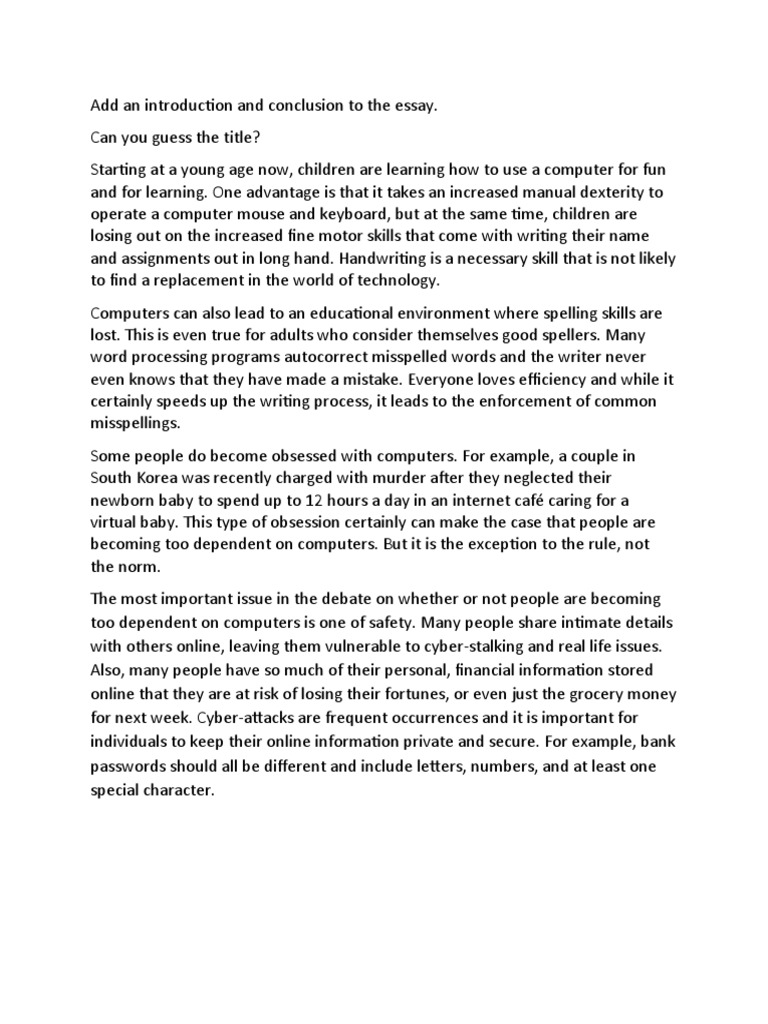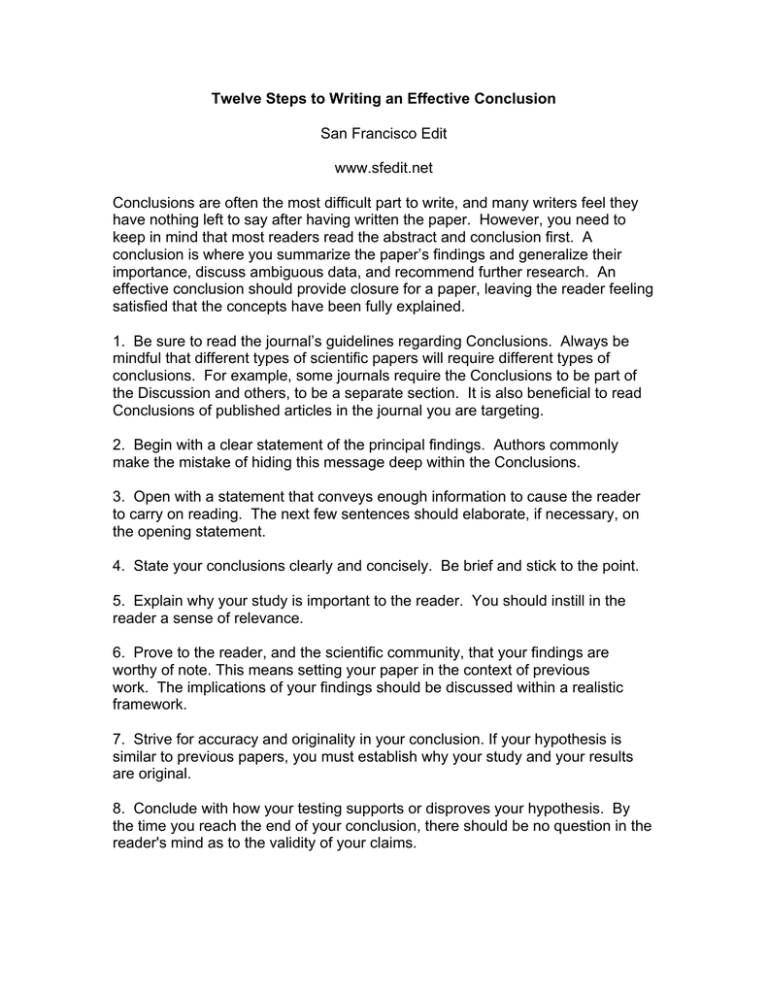
In the digital age, where attention spans are shorter than ever, the power of a compelling introduction and conclusion cannot be overstated. These two elements serve as the gateway and the closing statement of your content, shaping how readers perceive and remember your message. Whether you’re writing an article, blog post, or academic paper, crafting these sections effectively can mean the difference between a reader skimming past your work or diving deep into it.
This article will guide you through the essential strategies for creating introductions and conclusions that not only grab attention but also leave a lasting impression. You’ll learn how to hook your audience from the very first sentence, set the stage for your main argument, and wrap up your content in a way that reinforces your key points and encourages further engagement.
By the end of this guide, you’ll have a clear framework for writing introductions and conclusions that are both engaging and impactful—skills that are invaluable in any form of content creation.
What Is a Captivating Introduction & Conclusion and Why It Matters
A captivating introduction is more than just the opening paragraph of your content; it’s the first step in building a connection with your audience. It sets the tone, introduces the topic, and provides a roadmap for what’s to come. A strong introduction answers the question: Why should the reader care? It hooks them with a thought-provoking statement, a surprising fact, or a compelling story.
Similarly, a powerful conclusion serves as the final impression your readers take away. It doesn’t simply summarize your content—it reinforces your main points, highlights their significance, and leaves the reader with something to think about. A well-crafted conclusion can turn a passive reader into an engaged one, encouraging them to take action, reflect on the information, or return for more.
Together, the introduction and conclusion act as bookends for your content, guiding the reader through the journey and ensuring they walk away with a clear understanding of your message. In the context of SEO and content marketing, these elements are crucial for improving user engagement, reducing bounce rates, and increasing the likelihood of shares and backlinks.
How Captivating Introductions and Conclusions Impact Engagement and Visibility
In the world of online content, visibility is everything. Search engines like Google prioritize content that keeps users engaged, which means that a well-written introduction and conclusion can directly impact your search rankings. Here’s how:
- Improved Dwell Time: A strong introduction encourages readers to stay on your page longer, signaling to search engines that your content is valuable.
- Higher Click-Through Rates (CTR): A compelling title and introduction can entice users to click on your link from search results.
- Increased Sharing and Backlinks: When readers find your content informative and well-structured, they’re more likely to share it or link to it, boosting your authority.
- Better User Experience (UX): Clear and engaging introductions and conclusions make your content easier to navigate, improving overall user satisfaction.
Moreover, in the era of AI-driven content consumption, where tools like Google’s Search Generative Experience (SGE) are becoming more prevalent, the quality of your introduction and conclusion matters even more. These elements help AI systems understand the purpose and value of your content, increasing the chances that it will be featured in search results.
Step-by-Step Implementation Framework
Creating a captivating introduction and conclusion isn’t just about creativity—it’s about strategy. Follow this step-by-step process to craft content that resonates with your audience:
1. Define Your Purpose and Audience
Before you start writing, ask yourself:
– What is the main goal of your content?
– Who is your target audience?
– What do they want to know or feel?
Understanding your purpose and audience will help you tailor your introduction and conclusion to their needs and expectations.
2. Craft a Hook for the Introduction
Your introduction should begin with a hook that grabs attention. Consider using:
– A surprising statistic
– A provocative question
– A relevant quote
– A vivid anecdote
For example: “Did you know that 80% of readers stop reading after the first paragraph?”
3. Provide Context and Background
After the hook, provide enough background information to set the stage. This helps readers understand the relevance of your topic and why it matters to them.
4. State Your Thesis or Main Argument
Clearly state your main point or thesis. This gives readers a clear direction and helps them follow your reasoning throughout the content.
5. Outline Key Points (Optional)
If your content is long, consider briefly outlining the main points you’ll cover. This gives readers a roadmap and increases the likelihood that they’ll stick with you.
6. Restate Your Thesis in the Conclusion
In your conclusion, restate your thesis in a new way. This reinforces your main message and reminds readers of your key argument.
7. Reiterate Supporting Points
Briefly recap your supporting arguments or evidence. This strengthens your case and ensures your message is clear.
8. Add Perspective or a Clincher
End with a thought-provoking statement, a call to action, or a memorable quote. This leaves a lasting impression and encourages further engagement.
9. Avoid Common Pitfalls
Make sure your conclusion doesn’t introduce new ideas or repeat your introduction verbatim. Instead, focus on reinforcing your message and leaving your readers with something meaningful.
Real-World Example: The Power of a Strong Introduction and Conclusion
Let’s look at a real-world example of how a strong introduction and conclusion can transform content.
Topic: “The Benefits of Remote Work”
Introduction:
“Remote work has gone from a luxury to a necessity in today’s fast-paced business world. But what exactly makes it so beneficial—and what are the hidden challenges?”
Conclusion:
“While remote work offers flexibility and cost savings, it also requires careful management and communication. As the future of work continues to evolve, finding the right balance between productivity and well-being will be key to success.”
This introduction sets the stage by posing a question and hinting at both benefits and challenges. The conclusion summarizes the key points while offering a forward-looking perspective, encouraging readers to think about the broader implications.
Tools and Techniques for Writing Captivating Introductions and Conclusions
Here are some modern tools and techniques that can help you refine your introduction and conclusion:
- Grammarly: Offers suggestions for clarity, tone, and structure, helping you write more engaging content.
- Hemingway Editor: Highlights complex sentences and suggests simpler alternatives, making your writing more accessible.
- SurferSEO: Helps you analyze top-ranking content and optimize your introduction and conclusion for better engagement.
- Canva: Useful for creating visual summaries or infographics that complement your written content.
- Google Trends: Can help you identify trending topics to incorporate into your introduction and conclusion.
These tools can streamline your writing process and ensure that your content is both effective and engaging.
Future Trends and AI Implications
As AI continues to shape the way we create and consume content, the importance of strong introductions and conclusions will only grow. With tools like SGE and voice search becoming more prevalent, readers are looking for content that is concise, informative, and easy to digest.
In the future, we may see AI-generated introductions and conclusions that adapt to individual user preferences. However, no matter how advanced the technology becomes, the human touch will always be essential. A well-crafted introduction and conclusion still require empathy, clarity, and a deep understanding of your audience.
To stay ahead, focus on creating content that is not only optimized for search engines but also designed to connect with real people. By mastering the art of the introduction and conclusion, you’ll be well-equipped to succeed in the evolving digital landscape.
Key Takeaways
- A captivating introduction hooks readers and sets the tone for your content.
- A strong conclusion reinforces your main points and leaves a lasting impression.
- Both elements play a critical role in improving engagement, visibility, and user experience.
- Use hooks, context, and clear messaging to craft compelling introductions.
- In your conclusion, restate your thesis, summarize key points, and end with a thought-provoking statement.
- Leverage tools like Grammarly and SurferSEO to enhance your writing.
- Stay ahead of trends by focusing on human-centered content that resonates with your audience.
Now that you understand the importance of a captivating introduction and conclusion, it’s time to put these strategies into practice. Start small, experiment with different approaches, and keep refining your skills. The more you write, the better you’ll become at engaging your readers from the first word to the last.
Meta Title: How to Write a Captivating Introduction & Conclusion That Engage Readers
Meta Description: Learn how to craft introductions and conclusions that captivate readers, improve engagement, and boost your content’s visibility.
SEO Tags (5): content writing, introduction tips, conclusion strategies, SEO best practices, engaging content
Internal Link Suggestions: Parameter #12: Content Quality and User Engagement, Parameter #15: SEO-Optimized Writing, Parameter #8: User Experience in Content Creation
External Source Suggestions: https://www.copyblogger.com, https://www.hemingwayapp.com, https://www.grammarly.com











